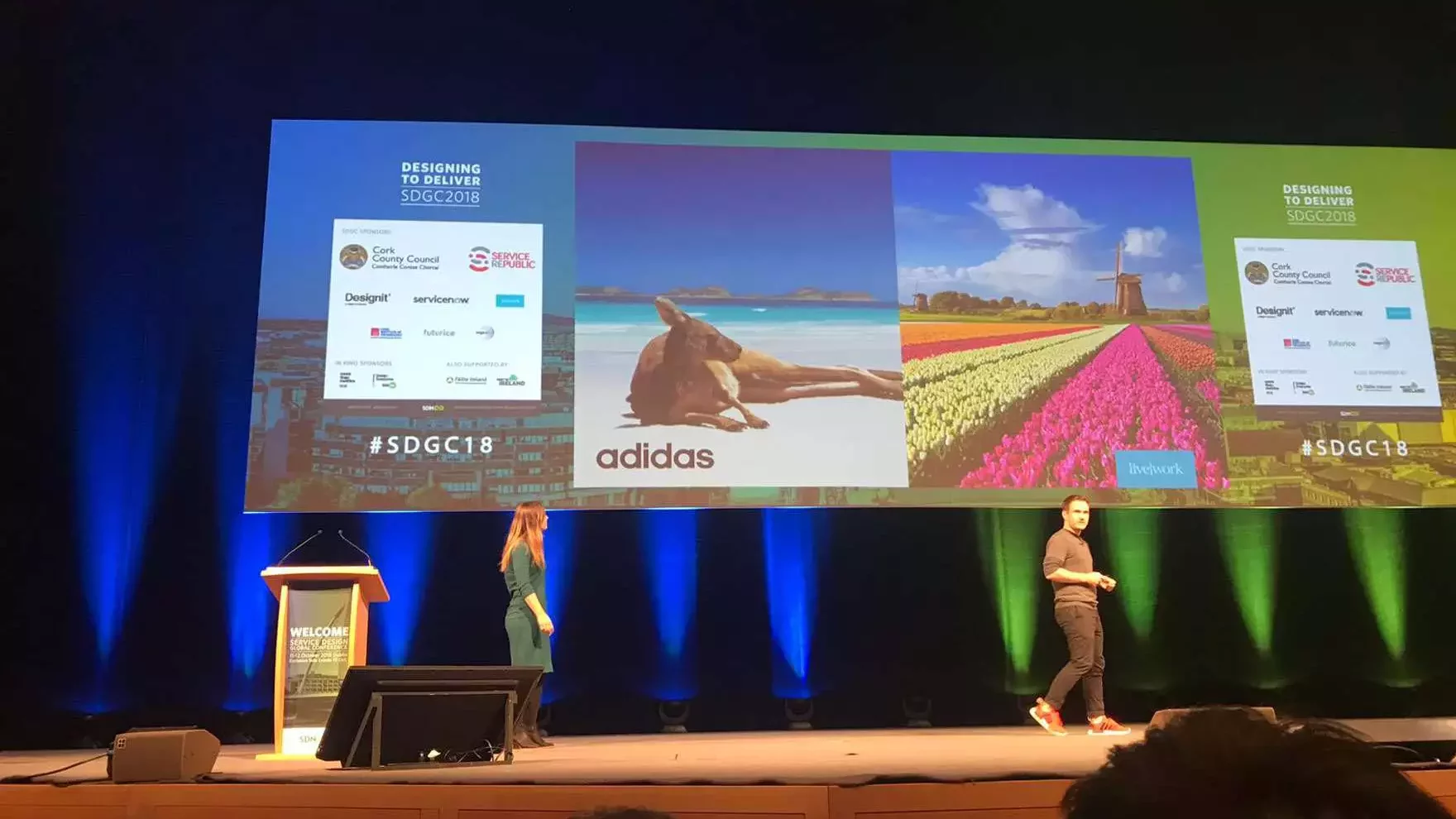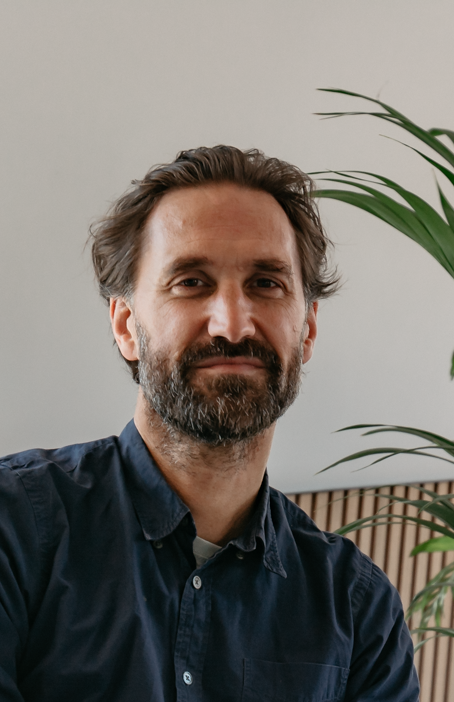An agile CX-transformation at Adidas
Many businesses aim to become agile and many more have a desire to be customer-centric. Both ambitions are challenging on their own, but tackling them with one integrated approach? That’s a tough nut to crack. Nevertheless, we’re doing it!



